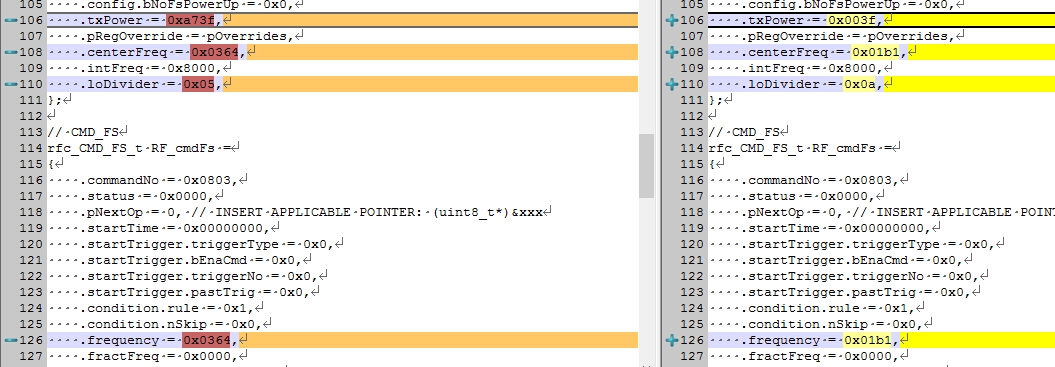in the cc1310's datasheet,all the parameters are at 868 MHz. How to measure the Receiver sensitivity at 433 MHz? I try to do this,but the RSSI view from SmartRF studio 7 is larger 6dBm than the value at Signal generator。
-
Ask a related question
What is a related question?A related question is a question created from another question. When the related question is created, it will be automatically linked to the original question.


